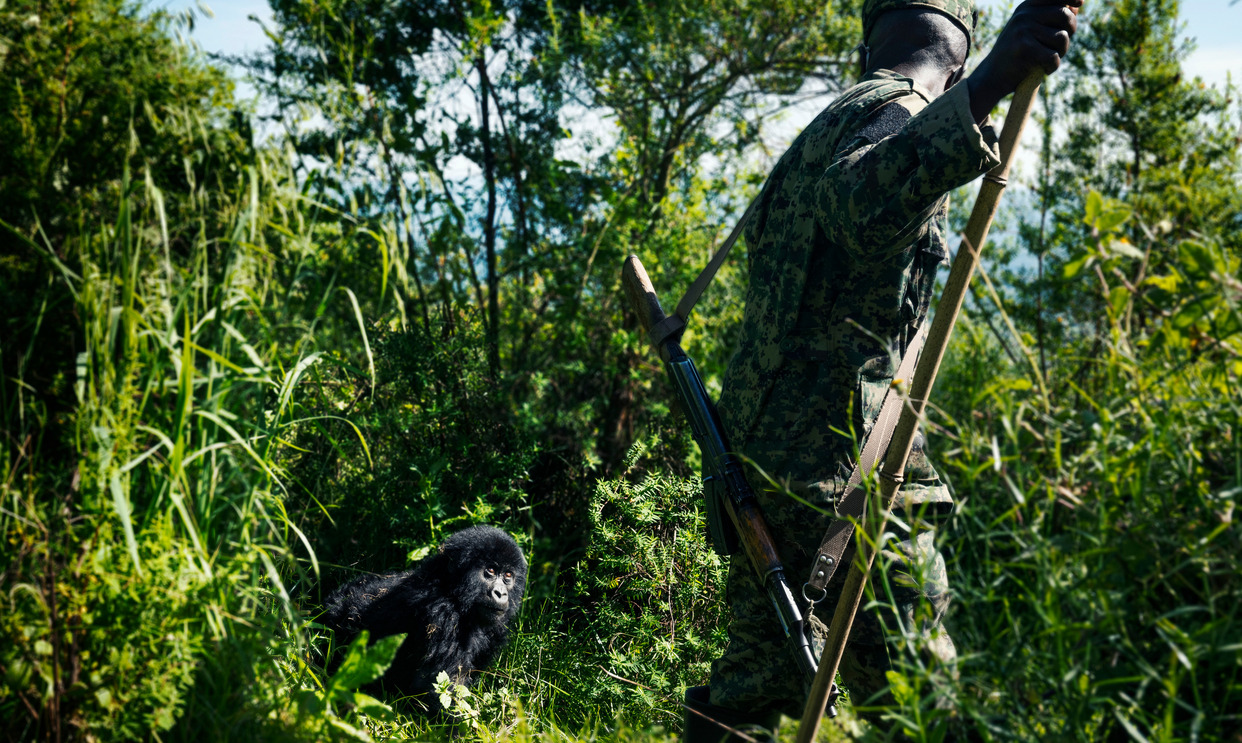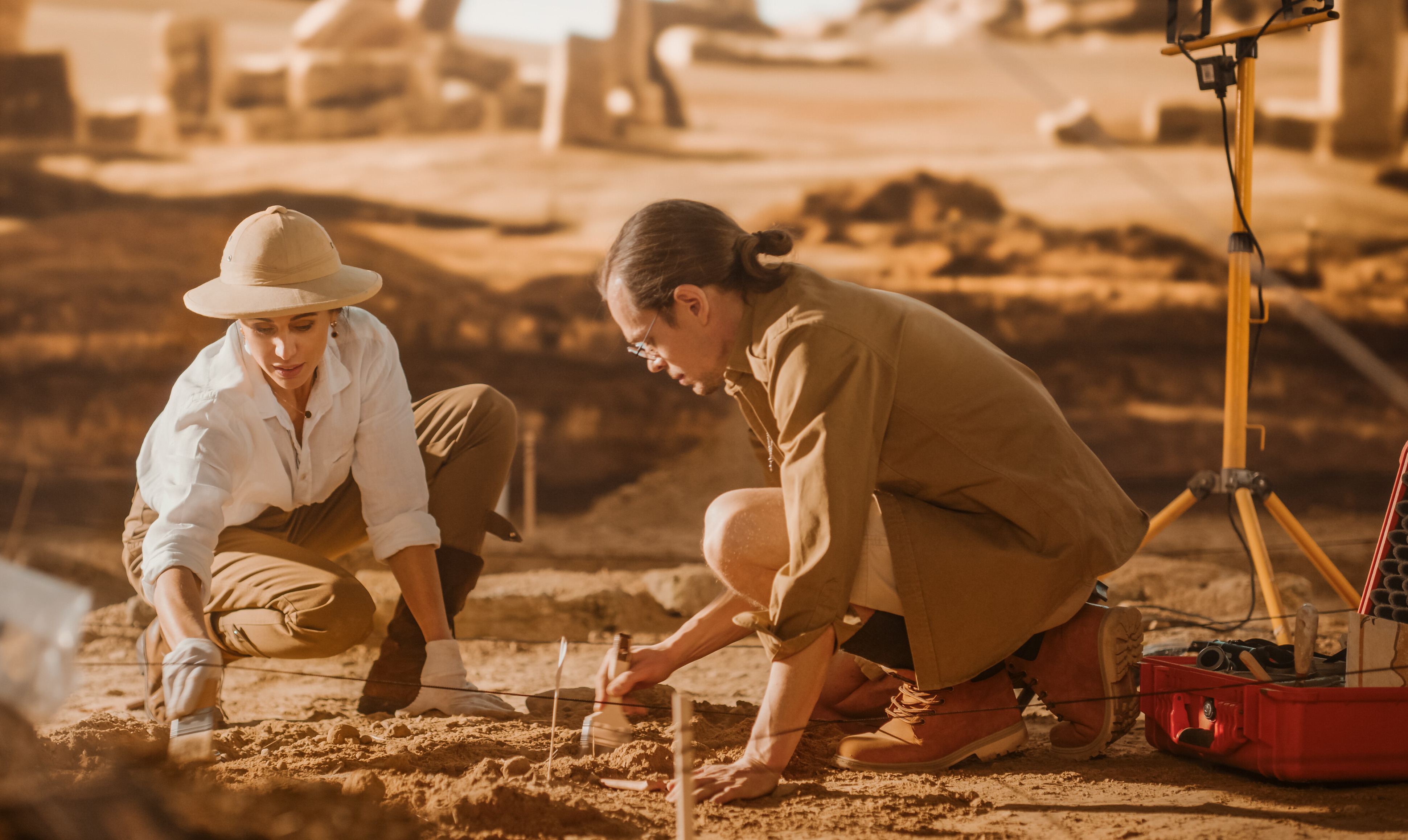And it is precisely biodiversity and the protection of the earth's environment that is at the center of the narrative of the fifteenth shot of BG4SDGs - Time to Change, Banca Generali's project to delve into the state of the art of the process of achieving the 17 goals of the UN 2030 Agenda. On this occasion, the photographer on the side of the initiative - Stefano Guindani - went to Virunga National Park on the border between Rwanda and Congo to tell the story of the situation regarding Sustainable Development Goal (SDG) number 15, which precisely concerns the sustainable management of environmental ecosystems by protecting them from phenomena such as desertification, flooding, drought and deforestation.
"Virunga National Park is shared by three countries: the Democratic Republic of Congo, Rwanda and Uganda. The respective governments, not without tensions as known from the events of recent years over an area of economic and strategic interest, are nonetheless working to respect biodiversity and safeguard endangered species such as mountain gorillas and golden monkeys. It is important to note how the involvement of rangers, trackers, and responsible tourism organizations, in addition to generating new economic resources for the population prove indispensable to the preservation of the system and the aforementioned species. Meeting a gorilla is an ancestral emotion because it is a journey into our most remote past, the gorilla shares 98 percent of the DNA with us," said Stefano Guindani, photographer and curator of the BG4SDGs - Time to Change project.
 Stefano Guindani, photographer and editor
Stefano Guindani, photographer and editor



/original/BG4SDGS+Talks+%281%29.png)

